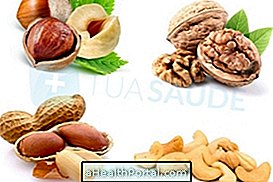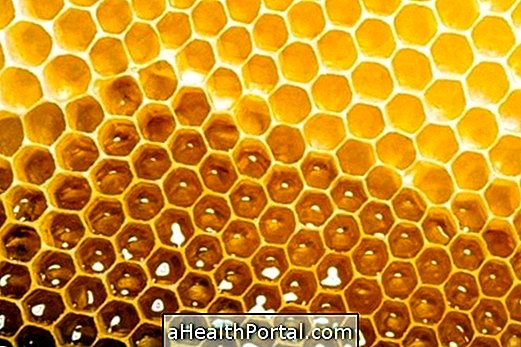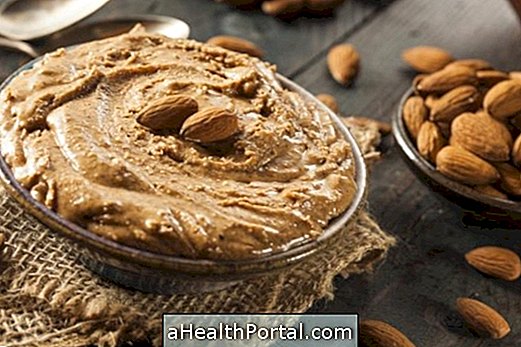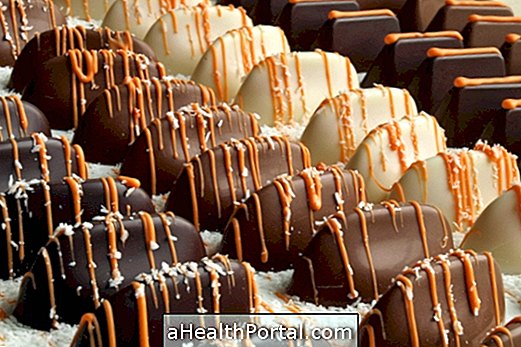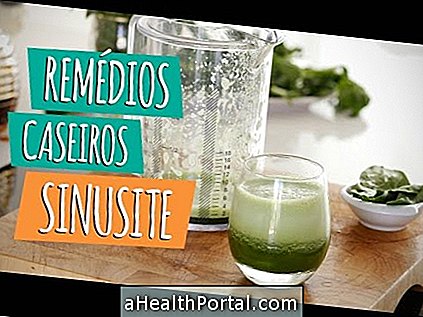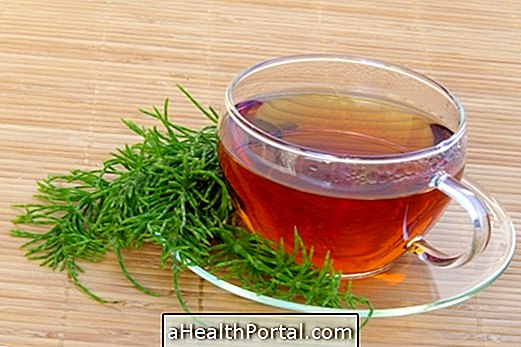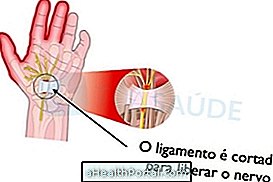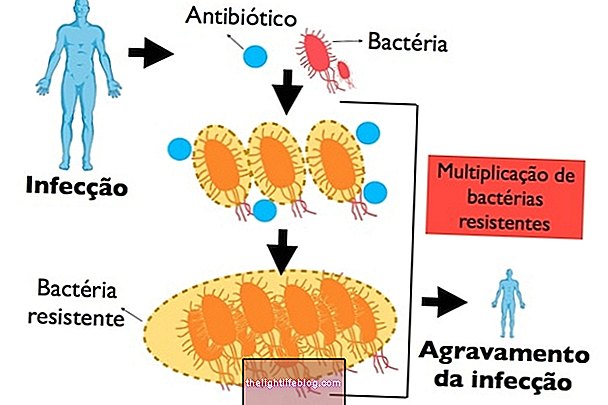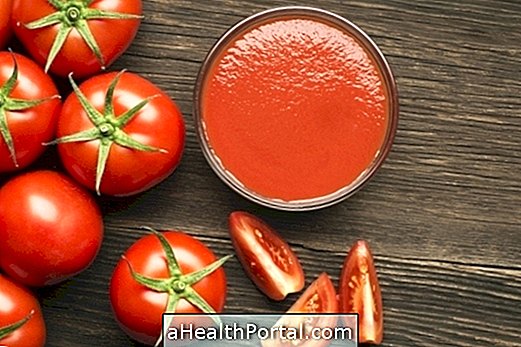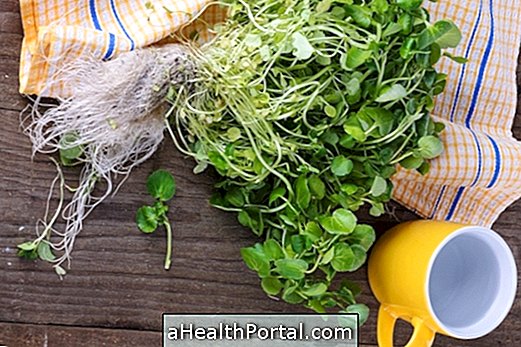Milk is a food rich in protein and calcium, and is very important to prevent problems such as osteoporosis and to maintain good muscle mass. Milk varies according to its form of production and, in addition to cow's milk, there are also vegetable drinks that are known as vegetable milks, which are made from grains such as soy, chestnut and almonds.
Regular consumption of whole-cow's milk, which is milk that still has its natural fat, has the following health benefits:
- Prevent osteoporosis by being rich in calcium and containing vitamin D;
- Assist in muscle growth as it is high in protein;
- Improve intestinal flora by containing oligosaccharides, nutrients that are consumed by the beneficial bacteria of the intestine;
- Improve the functioning of the nervous system by being rich in vitamin B complex;
- Help control high blood pressure as it is rich in amino acids with antihypertensive properties.

Whole milk contains vitamins A, E, K and D, which are present in milk fat. On the other hand, skimmed milk, as it has no more fat, loses these nutrients.
In addition, it is important to remember that, despite their beneficial, cow's milk should not be offered to children under 1 year of age. Learn more by clicking here.
Types of Cow Milk
Cow's milk can be whole, which is when it contains its natural, semi-skimmed fat, which is when part of the fat has been removed, or skimmed, which is when the industry removes all the fat from the milk, leaving only its portion of carbohydrates and proteins.

In addition, according to the manufacturing process, milk can be classified as follows:
- Pure or natural cow's milk: it is the milk taken from the cow that goes directly to the consumer's house, without going through any industrial process;
- Pasteurized milk: is the milk of the bag that is stored in the refrigerator. It was heated to 65 ° C for 30 minutes or at 75 ° C for 15 to 20 seconds in order to eliminate the bacteria.
- UHT Milk: It is box milk or known as "long life milk", which does not need to be stored in the refrigerator before it is opened. It was heated to 140 ° C for four seconds, also to eliminate the bacteria.
- Milk powder: it is made from the dehydration of whole cow's milk. Thus, the industry removes all the water from the liquid milk, making it turn into a powder that can be reconstituted by adding water again.
All of these milk, with the exception of natural cow's milk, can be found in supermarkets in full, semi-skimmed or skimmed-milk versions.
Milk Nutrition Information
The following table gives the nutritional information for 100 ml of each type of milk:
| Components | Whole milk (100 ml) | Skim milk (100 ml) |
| Energy | 60 kcal | 42 kcal |
| Proteins | 3 g | 3 g |
| Fats | 3 g | 1 g |
| Carbohydrates | 5 g | 5 g |
| Vitamin A | 31 mcg | 59 mcg |
| Vitamin B1 | 0.04 mg | 0.04 mg |
| Vitamin B2 | 0.36 mg | 0.17 mg |
| Sodium | 49 mg | 50 mg |
| Calcium | 120 mg | 223 mg |
| Potassium | 152 mg | 156 mg |
| Phosphor | 93 mg | 96 mg |
Some people may have difficulty digesting lactose, which is the milk's carbohydrate, being diagnosed with Lactose Intolerance. See more about the symptoms and what to do on lactose intolerance.
Vegetable Milk

Vegetable milks, which should be called vegetable drinks, are drinks made from the grinding of grains with water. Thus, to make almond milk, for example, one should knock the almonds in warm water and then strain the mixture, removing the nourishing drink.
The most used vegetable drinks are made from grains such as soy, rice, nuts and almonds, in addition to the coconut vegetable drink. However, it is important to note that each of these beverages have their own nutrients and benefits, and are not similar to the characteristics of cow's milk. Learn how to make homemade rice milk.
